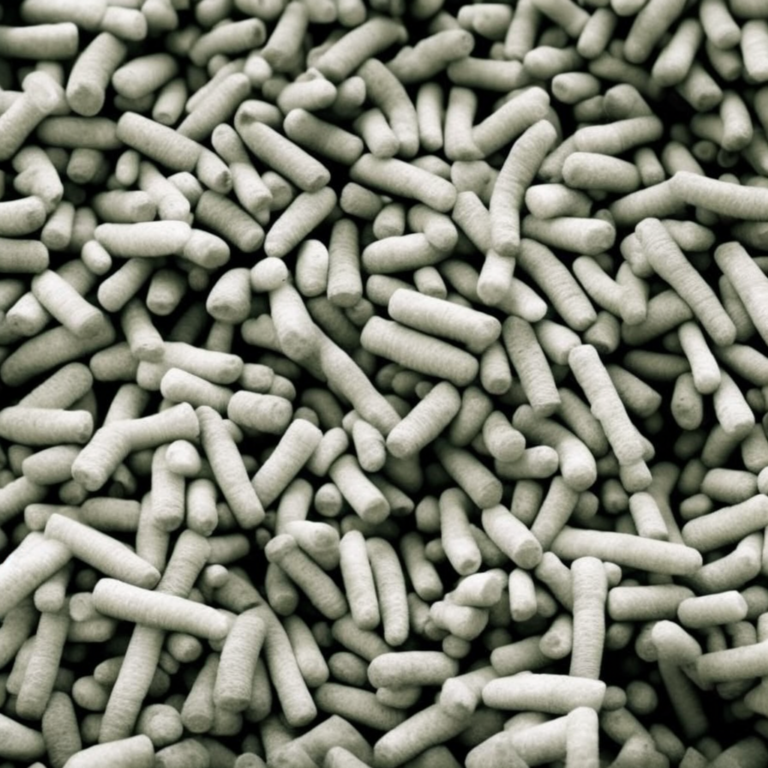Salt: How Much is Too Much
I. Introduction
Salt, a simple yet essential mineral, plays a crucial role in our daily lives. It is not only a vital component in our diet but also has significant industrial uses. However, despite its importance, the consumption of salt has been a subject of controversy and debate.
While salt is necessary for our body’s basic functions, excessive intake can lead to health problems. The controversy surrounding salt intake revolves around finding the right balance between its necessity and the potential harm it can cause.
Understanding the importance of salt, its role in our bodies, and the implications of its excessive intake can help us make informed dietary decisions. This article aims to shed light on these aspects and provide a comprehensive view of the subject.
II. Understanding Salt
Salt, chemically known as sodium chloride, is a mineral composed of sodium and chloride ions. There are various types of salt, including table salt, sea salt, kosher salt, and Himalayan pink salt, each with its unique characteristics and uses.
Salt plays a critical role in the human body. It helps maintain fluid balance, aids in nerve transmission and muscle function, and is involved in certain digestive processes. However, most of our salt intake comes from processed and restaurant foods, which can lead to excessive consumption.
Understanding the sources of salt in our diet can help us manage our intake. Besides the obvious sources like table salt and processed foods, other sources include bread, pizza, sandwiches, and certain types of cheese.
| Type of Salt | Characteristics |
|---|---|
| Table Salt | Most common type, usually iodized |
| Sea Salt | Harvested from evaporated sea water, contains trace minerals |
| Kosher Salt | Coarse-grained, used in koshering process |
| Himalayan Pink Salt | Mined from Pakistan, contains trace minerals |
III. The History of Salt Consumption
Salt has been a valuable commodity throughout history. It was used as a form of currency, a preservative, and a flavor enhancer. The historical significance of salt is evident in phrases like “worth his salt,” which originated from the ancient practice of trading salt for labor.
Over time, the consumption of salt has changed significantly. With the advent of refrigeration and other preservation methods, the need for salt as a preservative has decreased. However, the use of salt as a flavor enhancer in processed foods has led to an increase in salt intake.
The industrialization of food production has had a significant impact on salt intake. Processed foods, which are high in salt, have become a staple in many diets, leading to increased salt consumption and associated health risks.
IV. The Health Implications of Salt
Excessive salt intake is linked to hypertension, a condition characterized by high blood pressure. Hypertension can lead to serious health complications, including heart disease and stroke. Reducing salt intake can help manage hypertension and improve cardiovascular health.
Furthermore, high salt intake is associated with an increased risk of cardiovascular diseases. Consuming too much salt can cause the body to retain water, which can increase blood pressure and strain the heart and blood vessels.
Salt also plays a role in kidney diseases. High salt intake can increase the amount of protein in the urine, a risk factor for kidney disease. Reducing salt intake can help protect the kidneys and maintain their function.
V. The Debate on Salt Intake
The current recommended daily intake of salt is less than 5 grams, according to the World Health Organization. However, this recommendation has been a subject of debate. Some argue that the recommended intake is too low, while others believe it is still too high.
There are differing opinions on salt intake. Some health professionals argue that the focus should be on the overall dietary pattern rather than individual nutrients like salt. Others believe that reducing salt intake is essential for preventing chronic diseases.
The impact of salt intake varies among different populations. Factors such as age, ethnicity, and health status can influence how the body responds to salt. Understanding these differences is crucial for developing effective dietary guidelines.
VI. The Effects of Excessive Salt Intake
Excessive salt intake can lead to physical symptoms such as bloating, thirst, and swelling. These symptoms are often a result of the body’s attempt to balance the high levels of sodium by retaining water.
In the long term, high salt consumption can lead to health risks such as hypertension, heart disease, and kidney disease. These conditions can significantly impact quality of life and lead to premature death.
Excessive salt intake can also contribute to obesity and other health conditions. High-sodium foods are often high in calories and low in nutrients, which can lead to weight gain and nutrient deficiencies.
VII. Reducing Salt Intake
There are several strategies for reducing salt in the diet. These include choosing fresh foods over processed ones, cooking at home more often, and using herbs and spices instead of salt for flavoring.
Food labeling plays a crucial role in salt reduction. Labels can help consumers make informed choices about the foods they eat and encourage manufacturers to reduce the salt content in their products.
Public health initiatives also play a significant role in reducing salt consumption. These initiatives include education campaigns, food labeling regulations, and efforts to reformulate processed foods.
VIII. Case Studies on Salt Reduction
Several countries have successfully reduced salt intake. For example, Finland has implemented a comprehensive salt reduction program that includes education, food labeling, and collaboration with the food industry. As a result, the average salt intake in Finland has decreased significantly.
However, implementing salt reduction strategies can be challenging. Factors such as consumer preferences, industry resistance, and lack of awareness can hinder these efforts. Understanding these challenges can help in developing effective strategies.
Case studies on salt reduction provide valuable lessons. They highlight the importance of a multi-faceted approach that includes education, regulation, and collaboration with the food industry. These lessons can guide future efforts to reduce salt intake.
IX. Conclusion
Understanding salt intake is crucial for maintaining optimal health. While salt is necessary for our bodies, excessive intake can lead to serious health problems. Therefore, it is important to find the right balance and make informed dietary decisions.
Further research on salt and health is needed to refine dietary guidelines and develop effective public health strategies. This research should consider the complexity of dietary patterns and the impact of other nutrients on health.
Managing salt intake is a shared responsibility. It involves not only individual choices but also public health initiatives, food industry practices, and policy decisions. By working together, we can reduce the health risks associated with excessive salt intake and promote optimal health.
FAQs
What is the recommended daily intake of salt?
The World Health Organization recommends a daily intake of less than 5 grams of salt.
What are the health risks associated with excessive salt intake?
Excessive salt intake can lead to hypertension, heart disease, kidney disease, and other health problems.
How can I reduce my salt intake?
You can reduce your salt intake by choosing fresh foods over processed ones, cooking at home more often, and using herbs and spices instead of salt for flavoring.
What role does food labeling play in salt reduction?
Food labeling can help consumers make informed choices about the foods they eat and encourage manufacturers to reduce the salt content in their products.
What are some success stories of countries reducing salt intake?
Finland is a notable example of a country that has successfully reduced salt intake through a comprehensive program that includes education, food labeling, and collaboration with the food industry.







